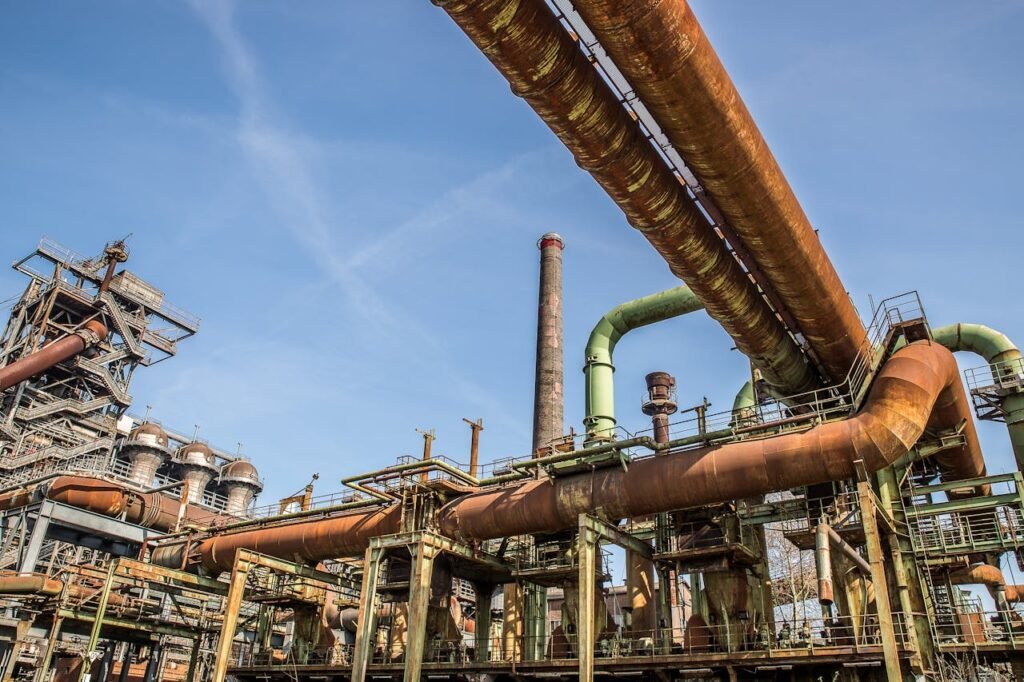Table of Contents
- Introduction to Pipeline Pigging
- The Functionality of Pipeline Pigs
- Why Pipeline Pigging Is Essential
- Safety Considerations in Pipeline Pigging
- Technological Advances in Pigging
- Best Practices for Effective Pigging Operations
- The Future of Pipeline Pigging
Introduction to Pipeline Pigging
Pipeline pigging is a critical maintenance process that ensures materials’ effective and safe transit through pipelines. This procedure involves using devices called pigs to clean and inspect the pipelines. By keeping the pipelines clear of debris and buildup, companies can maintain optimal flow and prevent potential hazards. One crucial aspect of preserving pipeline efficiency is understanding the importance of a well-managed pipeline-pigging operation. This involves deploying specialized pigs that address specific needs within the pipeline system.
The practice of pipeline pigging dates back to the mid-20th century and has evolved significantly since then. Initially, pigs were simple devices designed to clear physical obstructions. Nowadays, these tools are advanced and can handle various tasks, from simple cleaning to complex diagnostics. This development shows how pipeline networks are becoming more complicated, and the need for increased reliability and safety when transporting oil, gas, and other fluids is also growing.
The Functionality of Pipeline Pigs
Pipeline pigs are available in several types, each tailored for distinct tasks, including cleaning, inspection, and data collection. Cleaning pigs are designed to remove deposits that might obstruct the pipeline’s flow, ensuring a smooth operation. On the other hand, inspection pigs are used to check for issues such as corrosion, leaks, and other damage that could compromise the pipeline’s integrity. The process of using these devices, known as pipeline pigging operation, is crucial for maintaining pipeline efficiency and safety. Understanding the different functionalities of pipeline pigs and incorporating them into regular maintenance schedules is essential for selecting the right pig for each specific operation, thereby guaranteeing the highest levels of efficiency and safety.
For instance, pigs used for cleaning are frequently employed to eliminate wax, scale, and other deposits. These deposits can significantly impact a pipeline’s efficiency by reducing the area through which flow can pass. Inspection pigs, conversely, come with sensors and additional tools that enable them to identify abnormalities inside the pipeline. Metal loss from corrosion, cracks, and alterations in wall thickness are all possible factors. The data gathered by these inspection pigs is essential for ensuring the structural soundness of the pipeline and avoiding disastrous breakdowns.
Why Pipeline Pigging Is Essential
Pipeline pigging is a crucial procedure for several reasons. First and foremost, it helps maintain the pipeline’s effectiveness. Over time, accumulated residue and deposits can reduce the pipeline’s efficiency and flow. Regular pigging helps keep the pipeline clean, enabling it to transport materials efficiently at its full capacity. Additionally, this process is essential for detecting pipeline problems before they worsen, ultimately preventing costly repairs and periods of inactivity.
Another essential aspect of pipeline pigging is its role in extending the lifespan of pipelines. By proactively managing deposits and corrosion, companies can significantly delay the need for significant repairs or replacements. This not only saves money but also minimizes the environmental impact associated with building new pipelines. Additionally, pigging operations can be scheduled around regular maintenance to ensure minimal disruption to the flow of materials.
Safety Considerations in Pipeline Pigging
Safety is a paramount concern in pipeline operations, and pigging contributes significantly. Operators can detect and address potential hazards by regularly cleaning and inspecting pipelines. This preemptive approach helps prevent accidents and ensure the safety of both the workforce and the environment. Adhering to safety protocols during pigging operations is essential to mitigate risks.
For instance, using “smart pigs” equipped with real-time monitoring capabilities allows for the immediate identification of issues such as leaks or structural weaknesses. These advanced pigs can instantly relay data back to operators, enabling a rapid response to mitigate potential risks. Furthermore, regular pigging reduces the likelihood of pressure buildups within the pipeline, thereby preventing high-pressure incidents that can result in spills and other environmental hazards.
Technological Advances in Pigging
Improvements in technology have transformed pipeline-pigging operations. Pigs nowadays have advanced sensors and data analysis tools that offer up-to-the-minute data on the pipeline’s state. These technologies allow for more precise and adequate inspections, decreasing the necessity for manual involvement and enhancing the trustworthiness of the gathered data. Incorporating technology has enhanced pigging operations, making them more thorough and less disruptive, greatly benefiting the industry.
Today’s intelligent pigs can perform multiple tasks in a single run, including debris removal and detailed internal inspections. They can also store large amounts of data, which is then analyzed using advanced software to identify even the most minor defects. Some smart pigs are also equipped with GPS capabilities, allowing for precise mapping of pipeline locations and conditions. These innovations not only enhance the efficiency of pigging operations but also significantly improve their safety and reliability.
Best Practices for Effective Pigging Operations
Adhering to best practices like regular scheduling, using the appropriate type of pigs, and monitoring the pipeline is crucial to ensuring the effectiveness of pigging operations. Keeping updated with the latest technologies and maintaining detailed activity logs are also vital. Collaboration with experts and ongoing training is also recommended to optimize pigging processes.
The Future of Pipeline Pigging
The future of pipeline pigging is promising, with advancements to enhance efficiency, safety, and sustainability. Innovations include the development of eco-friendly pigging solutions and the integration of AI and machine learning for real-time data analysis. The shift towards digitalization and sustainable practices is also expected to create biodegradable pigs, aligning with global sustainability goals. These advancements will contribute to more efficient, safer, and environmentally friendly pipeline operations.

